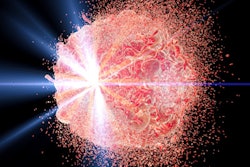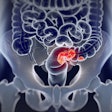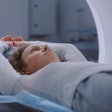Dear CT Insider,
Incidence of adolescent vaping may be on the decline, but there are still young people presenting in the emergency department with electronic cigarette (e-cigarette) or vaping product use-associated lung injury (EVALI). And the symptoms can be difficult to pin down, especially since similar ones can manifest in patients with COVID-19.
In this clinical situation, radiologists play a key role, helping their peers distinguish between EVALI and other conditions, according to a commentary we're highlighting as this edition's Insider Exclusive.
After you've gotten a primer on how to better identify EVALI in teens, find out what a team of researchers has to say about whether CT is being used appropriately in the emergency department, as well as what another group has discovered about using texture analysis with CT pulmonary angiography to improve the assessment of pulmonary embolism. Then check out our story about what may be causing more than a third of U.S. veterans to refuse CT lung cancer screening, as well as a report that addresses the question of whether referring physicians consider radiation risk when they order CT exams for their patients.
We've also got coverage on how CT can help with planning breast cancer treatment by detecting tumors in axillary lymph nodes, as well as how using deep-learning reconstruction along with a subtraction technique with coronary CT angiography can find in-stent restenosis.
Finally, we're tipping our hats to Sir Godfrey Hounsfield -- the U.K. scientist who developed the first CT scanner in 1971 just over 50 years ago -- who is considered by many to be a "diagnostic revolutionary."
CT is a powerful diagnostic tool. Bookmark our CT Community and visit often to keep up with the modality's evolution -- and if you have CT topics you'd like us to explore, feel free to contact me.





















